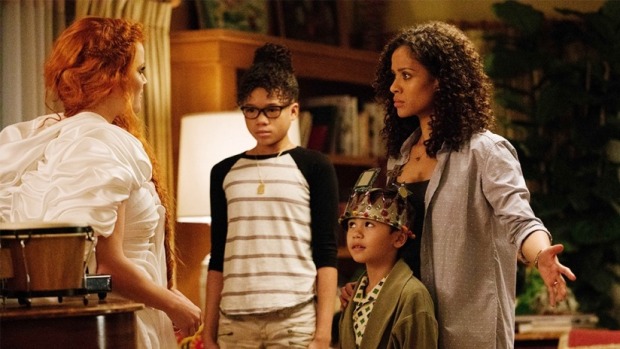 Less Than Angels
Less Than Angelsby Barbara Pym
Publication Date: January 1, 1955
Genre: fiction
Pages: 262
Project: a century of women
This classic novel holds the mirror up to human nature and the battle between the sexes as it explores the love lives of a group of anthropologists
Catherine Oliphant writes for women’s magazines and lives comfortably with anthropologist Tom Mallow—although she’s starting to wonder if they’ll ever get married. Then Tom drops his bombshell: He’s leaving her for nineteen-year-old student Deirdre Swan. Though stunned by Tom’s betrayal, Catherine quickly becomes fascinated by another anthropologist, Alaric Lydgate, a reclusive eccentric recently returned from Africa. As Catherine starts to weigh her options she gradually realizes who she is and what she really wants.
With its lively cast of characters, Less Than Angels is an incisive social satire that opens a window onto the insular world of academia. It’s also a poignant and playful riff on the messy mating habits of humans and the traits that separate us from our anthropological forebears—far fewer than we may imagine.
It’s been a few months since I read this – I never got around to writing the post about it and now I’ve forgotten most of what I had to say! This is the third Pym that I’ve read – my first was Excellent Women, which I loved, and then second was A Quartet in Autumn, which was much darker in tone. I would put Less Than Angels in the middle, between them. I read it as a buddy read with some friends on Goodreads, and it generated some lively discussion.
The thing that I like about Pym, that this book does really well, is her somewhat rueful examination of a very specific type of British woman. Less Than Angels focuses on Catherine Oliphant, a young woman who is a writer, and who is in a relationship with an anthropologist named Tom, who has been away in the field. He is very scholarly and dismissive and of her accomplishments, and she accepts this attitude as well-warranted. She is waiting for him to propose. Instead of proposing, he takes up with a nineteen year old named Deirdre.
I’d like to say that Tom’s ridiculousness and Catherine’s acceptance of it are things of the past, but I was young in the 1980’s and many of these same attitudes of male entitlement prevailed at that time, as well. I can’t speak to what’s happening today, because I’ve been married to a wonderfully supportive man for two and a half decades, and I’ve raised a son who I believe I have imbued with a sense that his maleness doesn’t entitle him to anything. But, I digress a bit.
Pym’s books are wonderfully character driven, and she holds a microscope up to their behaviors.
It is surely appropriate that anthropologists, who spend their time studying life and behavior in various societies, should be studied in their turn,” says Barbara Pym.
There is a gentle sort of mockery in Pym’s attitudes towards her characters. I get the sense that she both likes them, but also that she sees their foibles and occasionally inexplicable behaviors. It reminds me of the attitude that many families have towards their own parents/siblings – proprietary, but still clear-eyed about their failings.
I have a few more Pyms in my possession – Jane and Prudence and Some Tame Gazelle, that I plan to read next year.
 Picnic at Hanging Rock
Picnic at Hanging Rock
 N or M
N or M
 A Wrinkle In time
A Wrinkle In time